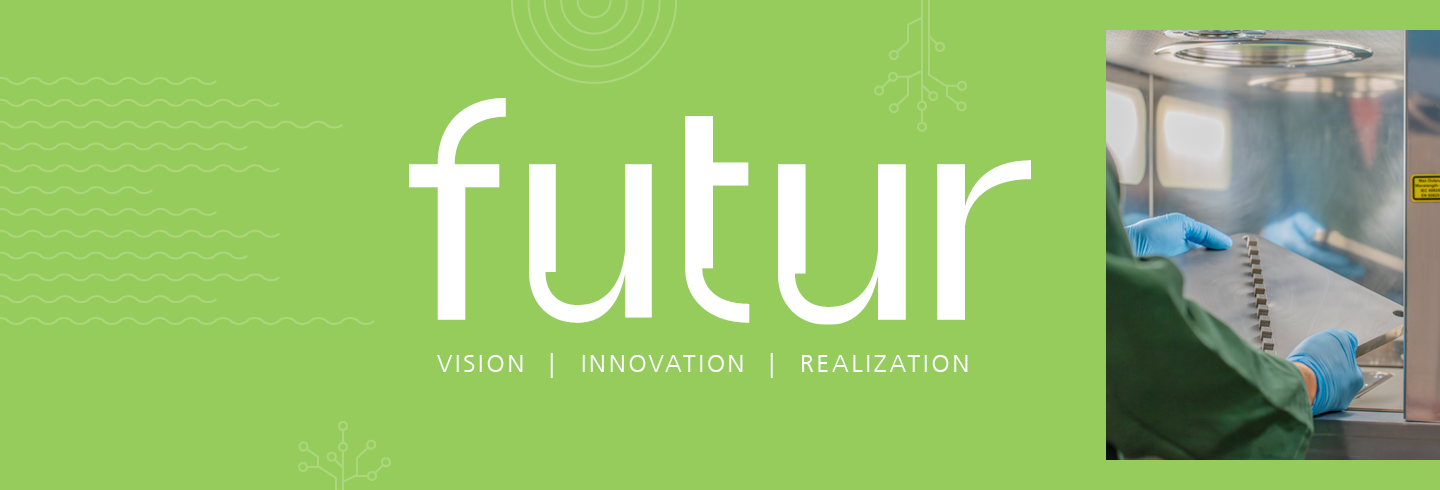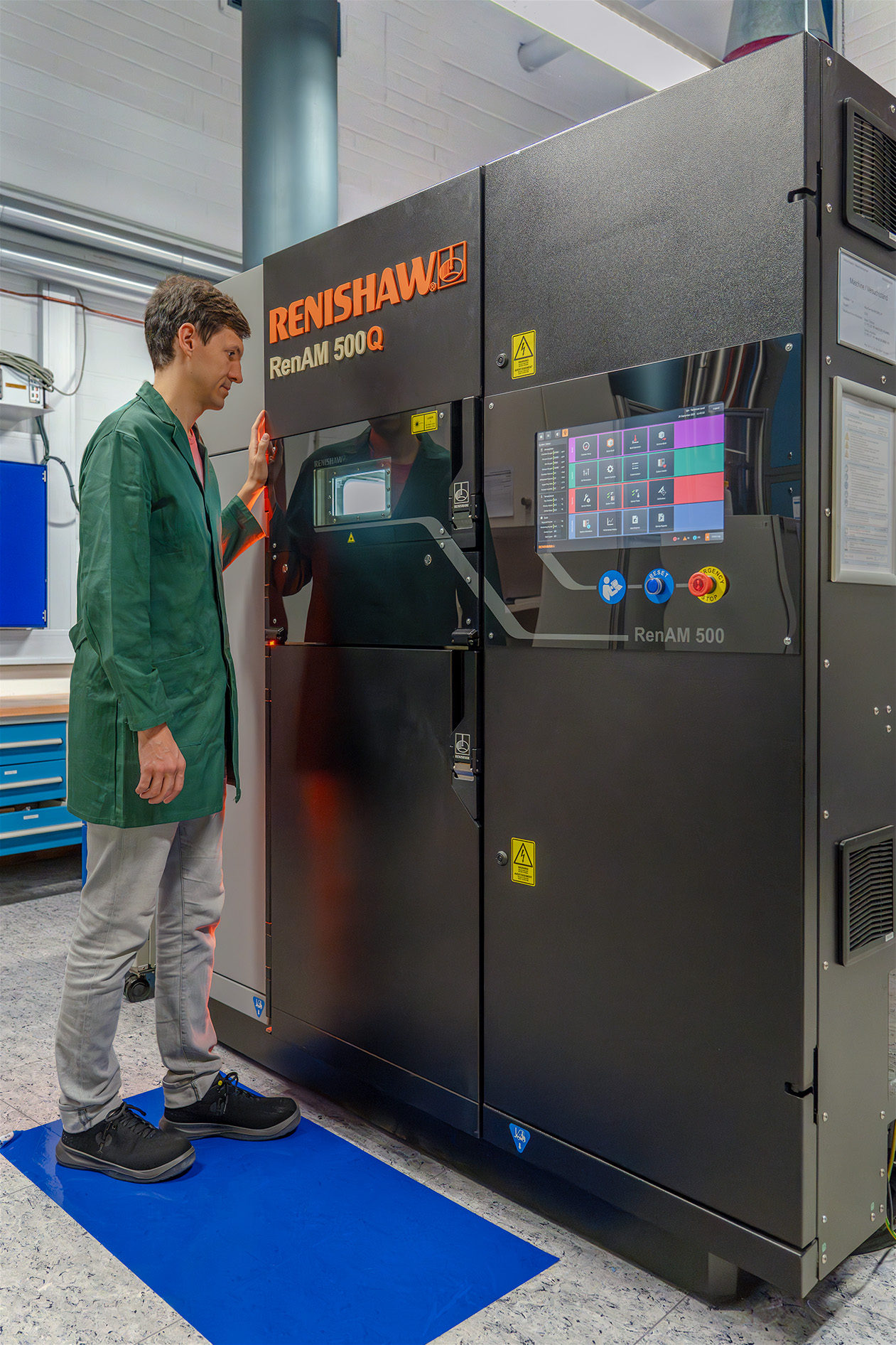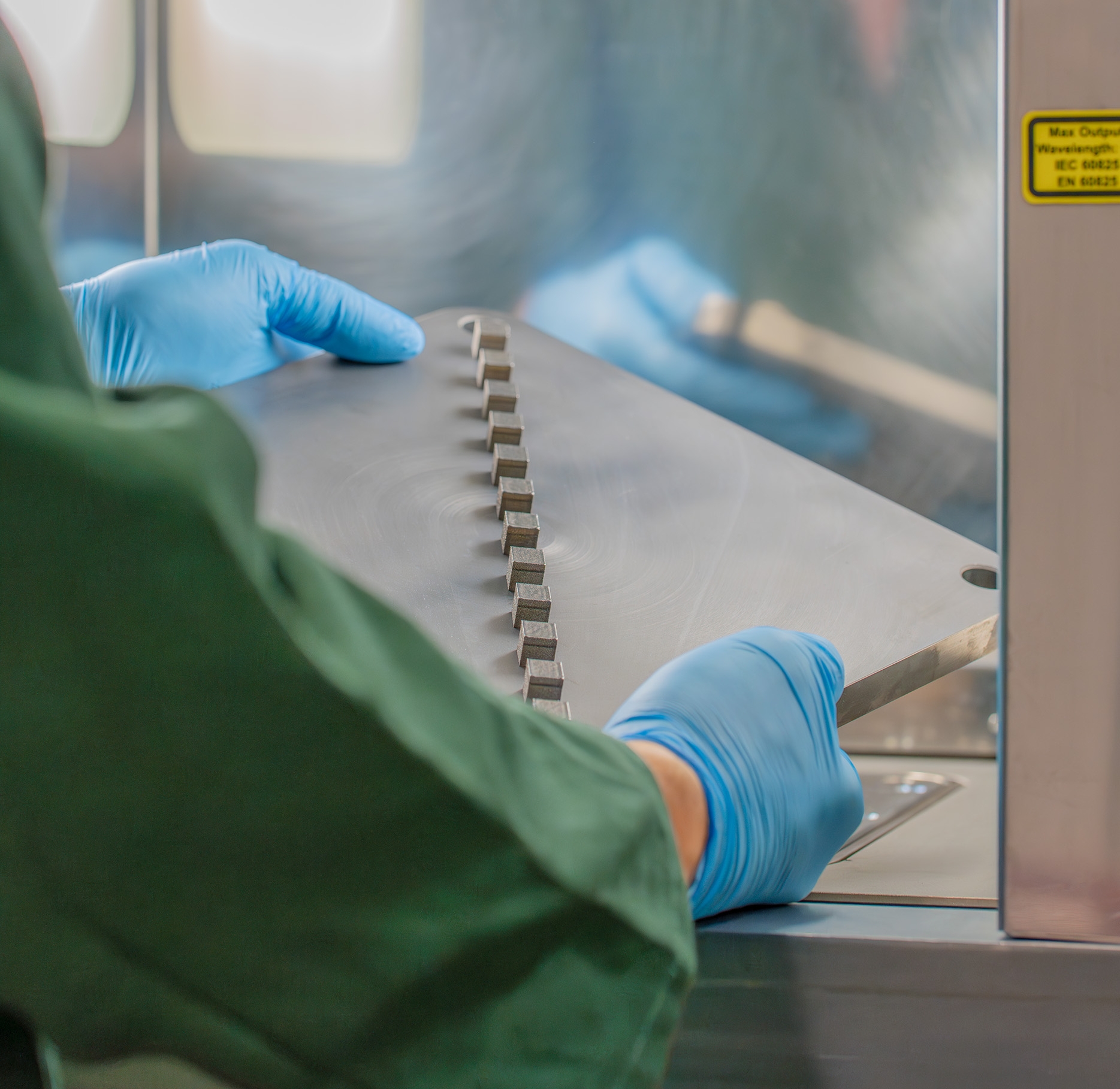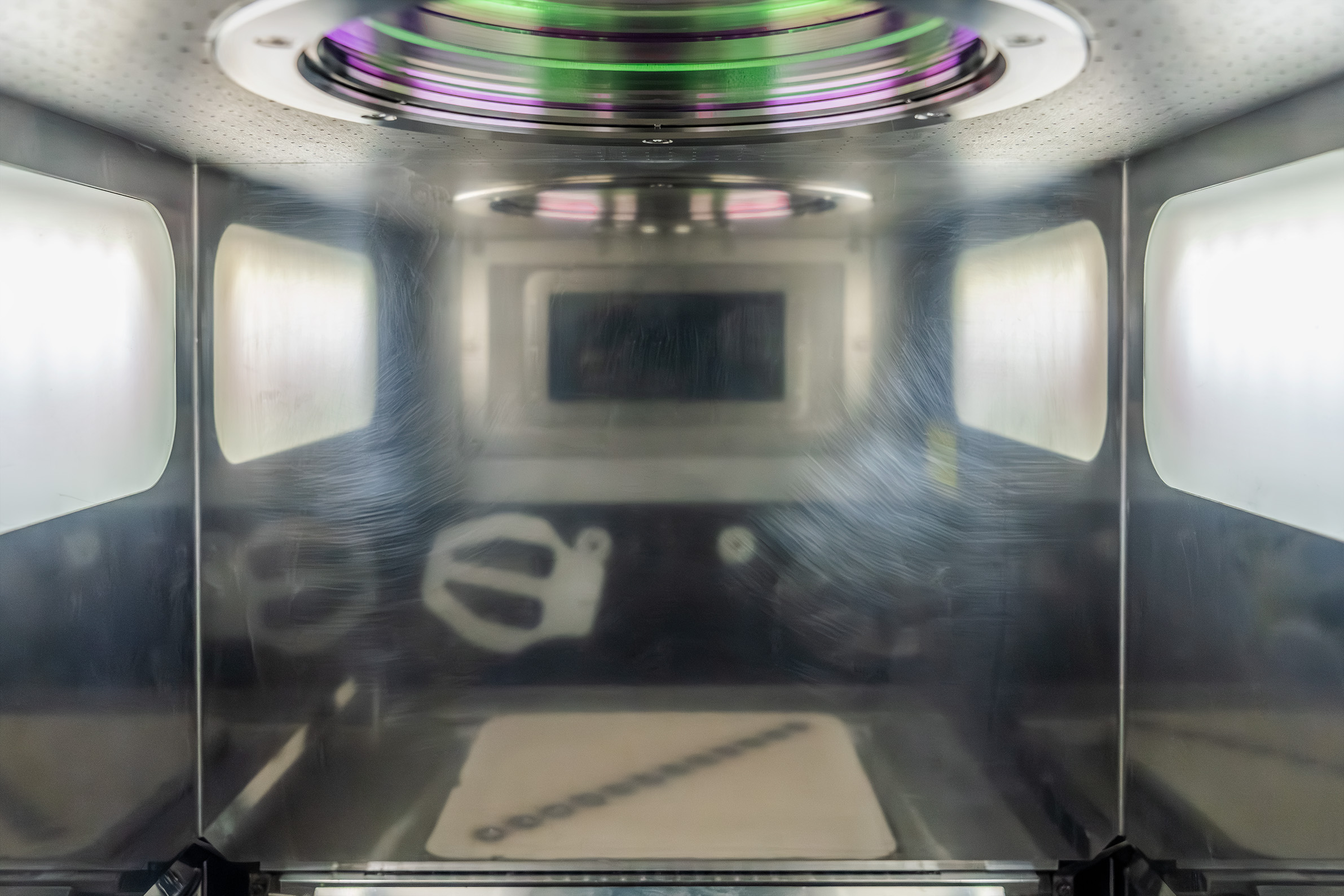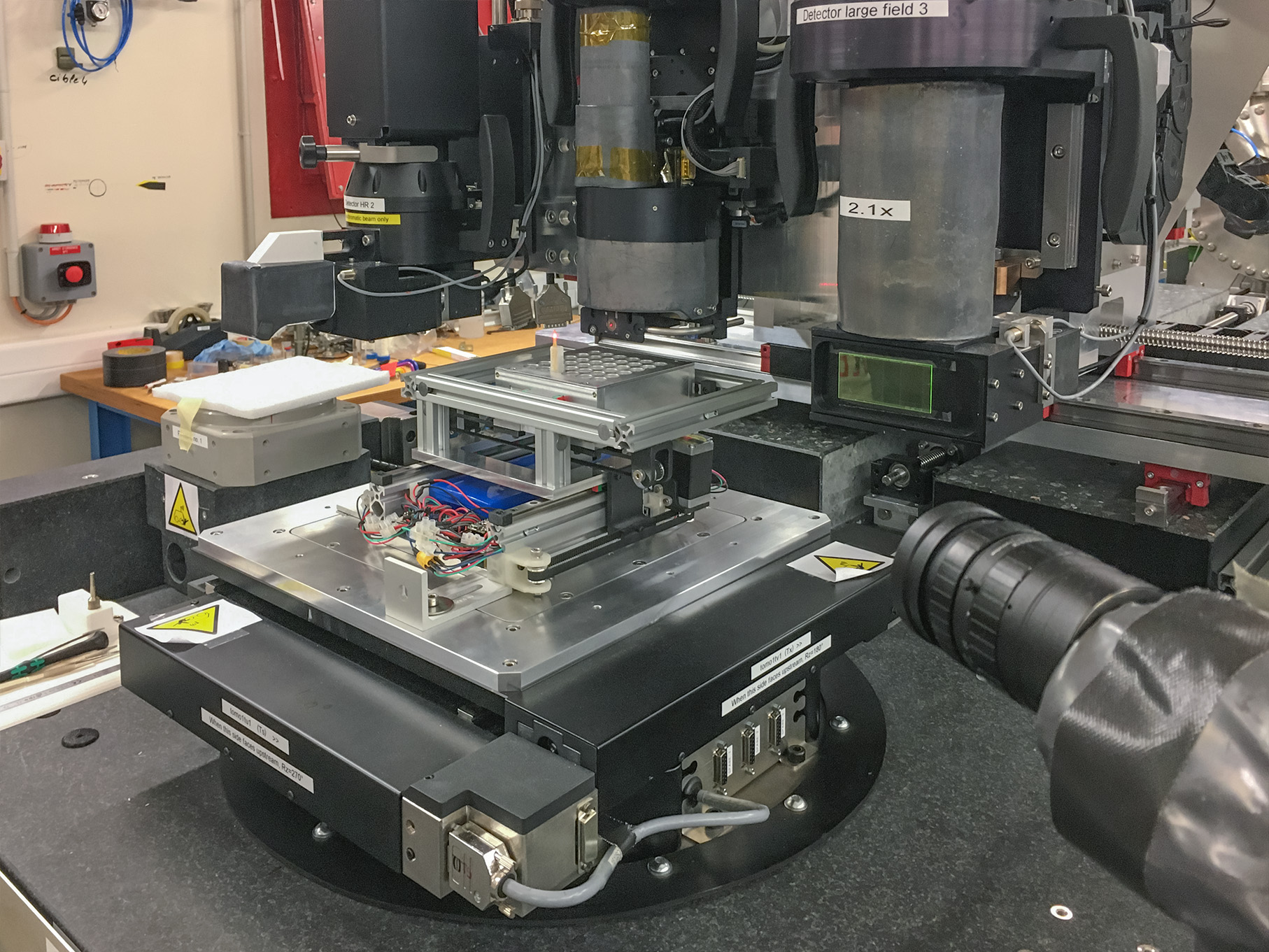Scrutinize to Optimize
Digital inventories, mass customization and smarter products through optimized designs: the industrial community is well aware of the potential unleashed by additive manufacturing. However, especially in safety-critical applications, such as in the aerospace, automotive and energy sectors, process qualification challenges still get in the way of this technology’s mass adoption.
Just to give an idea of how complex it is to develop reliable additive processes, let us analyze the laser-based powder bed fusion process (L-PBF), currently the additive manufacturing technology used most by industry: there are more than 50 parameters that can directly influence final parts quality. From the metallic powder condition and machine calibration state, all the way to the definition of suited laser parameters and scanning strategies – setting up a stable process is still a very time consuming and empirical task. The fact that simulation models are still ramping up in maturity makes it even more challenging.
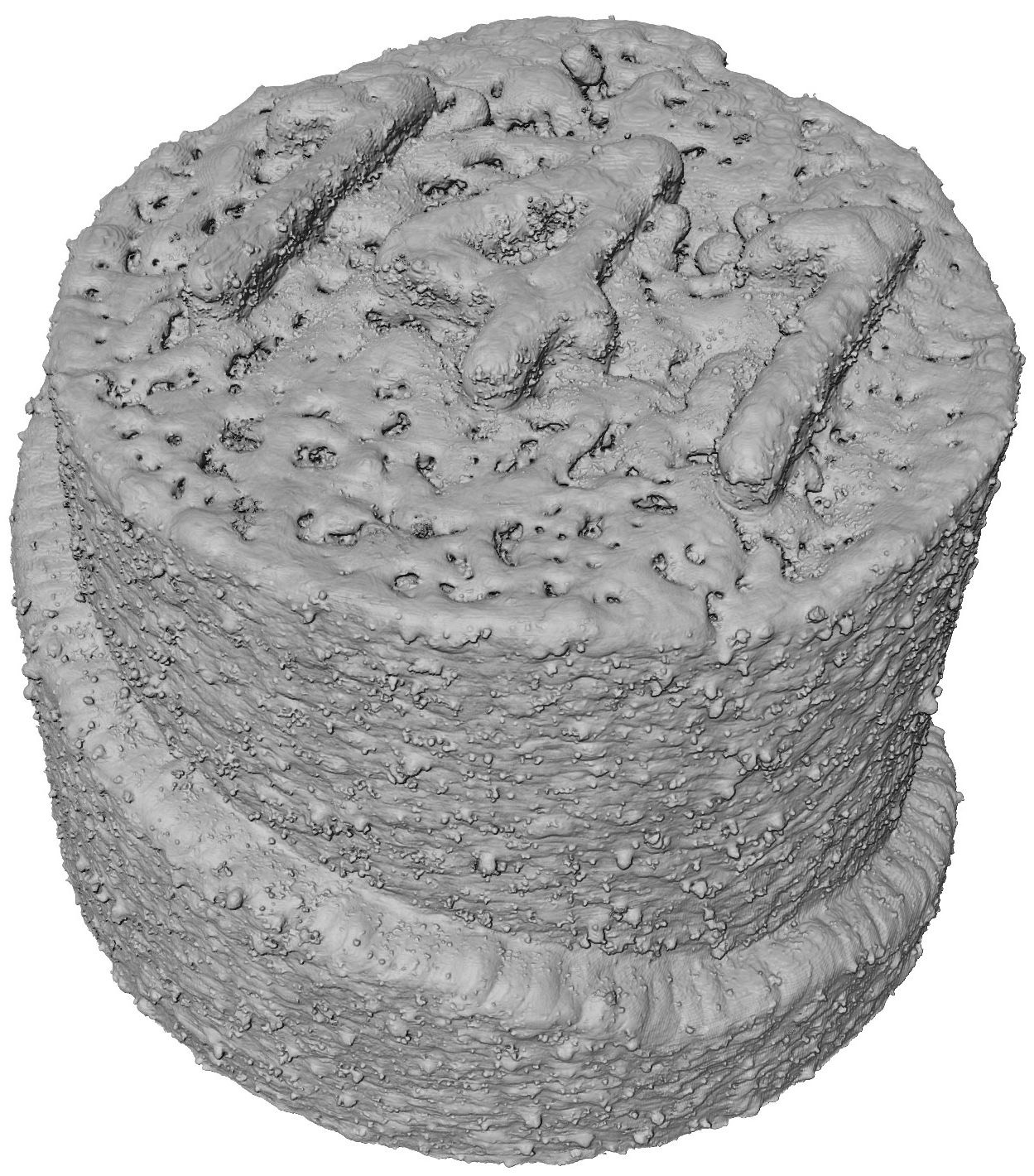
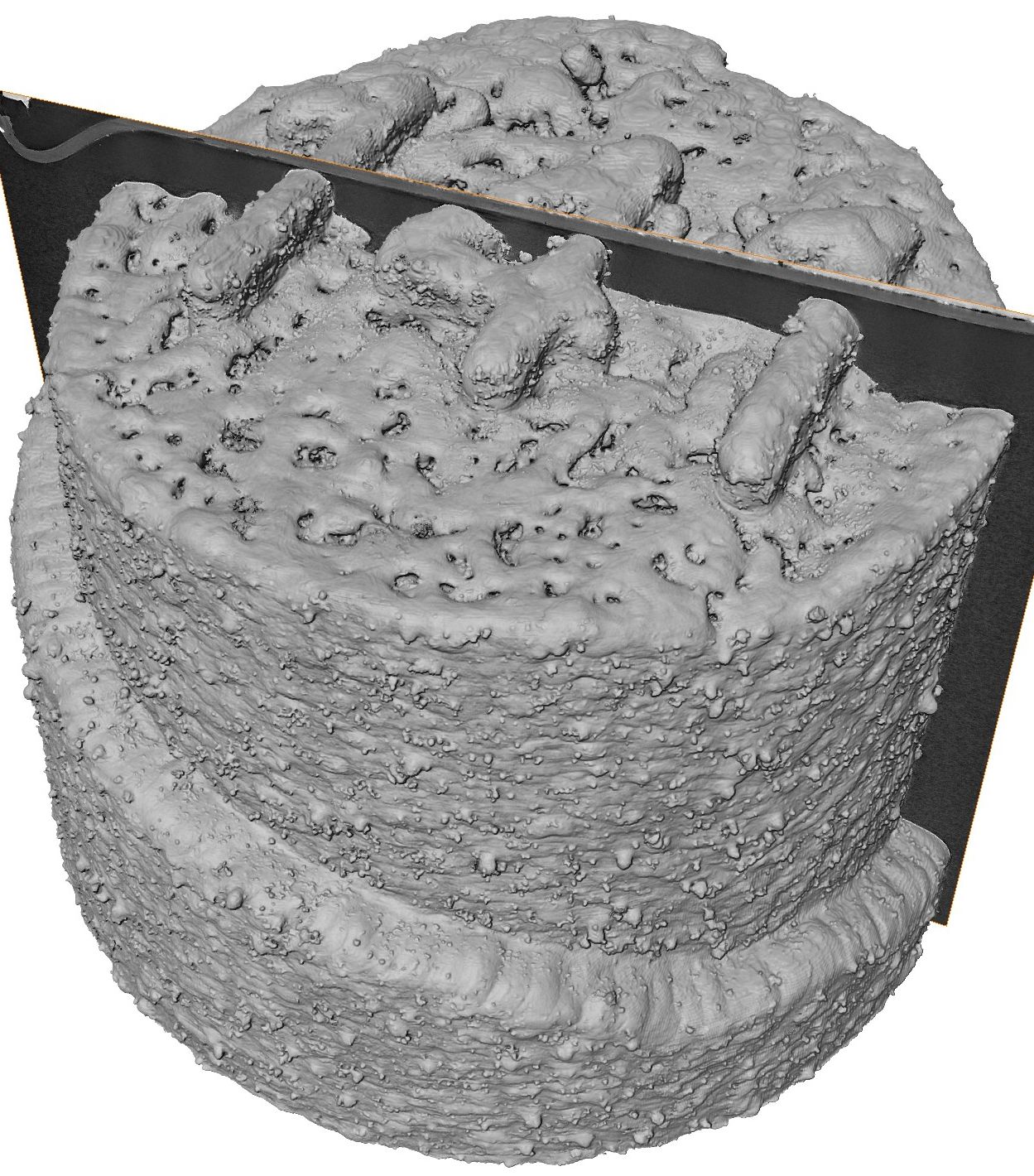
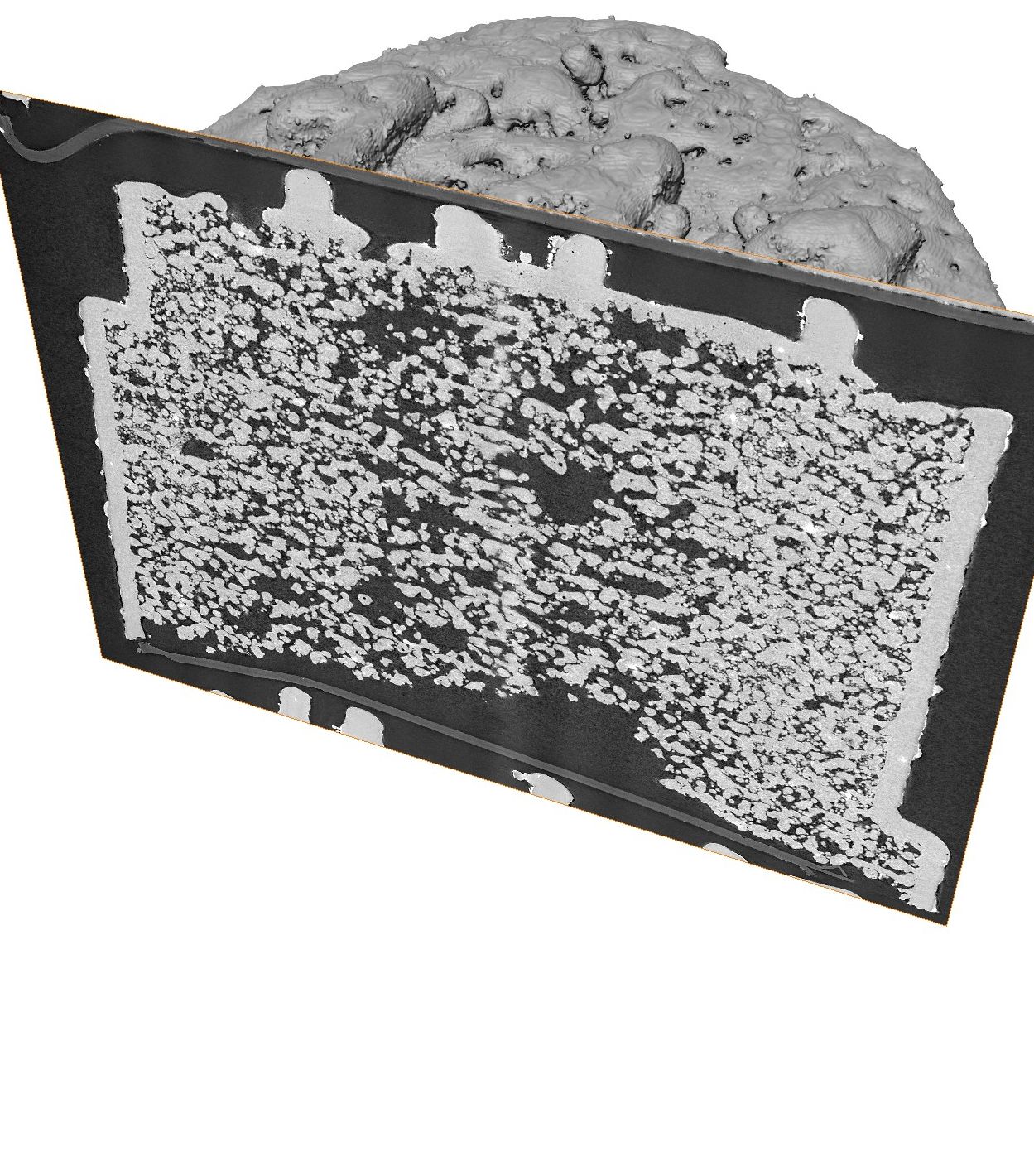
Keeping a Close Eye on Every Layer
There are multiple types of defects that can occur in additively manufactured parts, gas porosities and lack-of-fusion being two well-known examples. Depending on their size and location, the presence of defects may cause the rejection of complete parts, which might have taken several hours to be manufactured. Therefore, the sooner process irregularities are identified, the better. Researchers at Fraunhofer IPK are working in the project PipeNDT (Pipe is short for »Pipeline«, NDT stands for »non-destructive testing«) to develop a monitoring system capable of already spotting defects while they are forming during the building process. In order to achieve this, process signatures were acquired through the use of high-speed photodiodes for every scan track in every layer, generating several gigabytes of data. The question to be answered was: how to transform this huge amount of monitoring data into actionable quality information? The researchers chose the approach to extensively investigate the internal quality of final parts through non-destructive methods in order to generate ground truth data to develop the monitoring model.
Unveiling Internal Secrets of Finished Parts
After the Fraunhofer IPK researchers had manufactured enough samples, they were handed over to the project partners at XPLORAYTION, a company that specializes in hyper-precise imaging technologies and advanced 3D data analysis. They were then taken to a particle accelerator, so-called synchrotron, to be analyzed by means of X-ray microtomography. This non-invasive technique is the gold standard for assessing a material’s bulk integrity, without destroying samples but rather keeping them intact for further use. In the synchrotron, up to one hundred billion times more radiation is generated than in a conventional laboratory X-ray tube. This extreme X-ray intensity allows for faster and better imaging. As part of PipeNDT, the researchers developed an optimized sample changer as well as a high- throughput pipeline to enable the micro computed tomography of tens to hundreds of samples per measurement campaign. With the help of advanced image processing techniques, every single voxel – a three-dimensional pixel – of the samples was analyzed and labelled accordingly, if defects of interest could be spotted. The amount of digital information can also easily surpass several gigabytes for each sample, depending on the resolution which they have been scanned.
Data Fusion for Quality Control
The combination of process monitoring and non-destructive inspection data bridges the gap for a holistic quality control in additive manufacturing. The PipeNDT team developed a method to register information coming from different sensors. It is comparable to creating a digital ID for every single point of a part, containing information such as which parameters have been used in its manufacturing, what the process signatures looked like and to what extent defects are present in that region. This structured database paves the way for statistical analyses and for the development of machine learning models to predict the quality of additively manufactured parts.
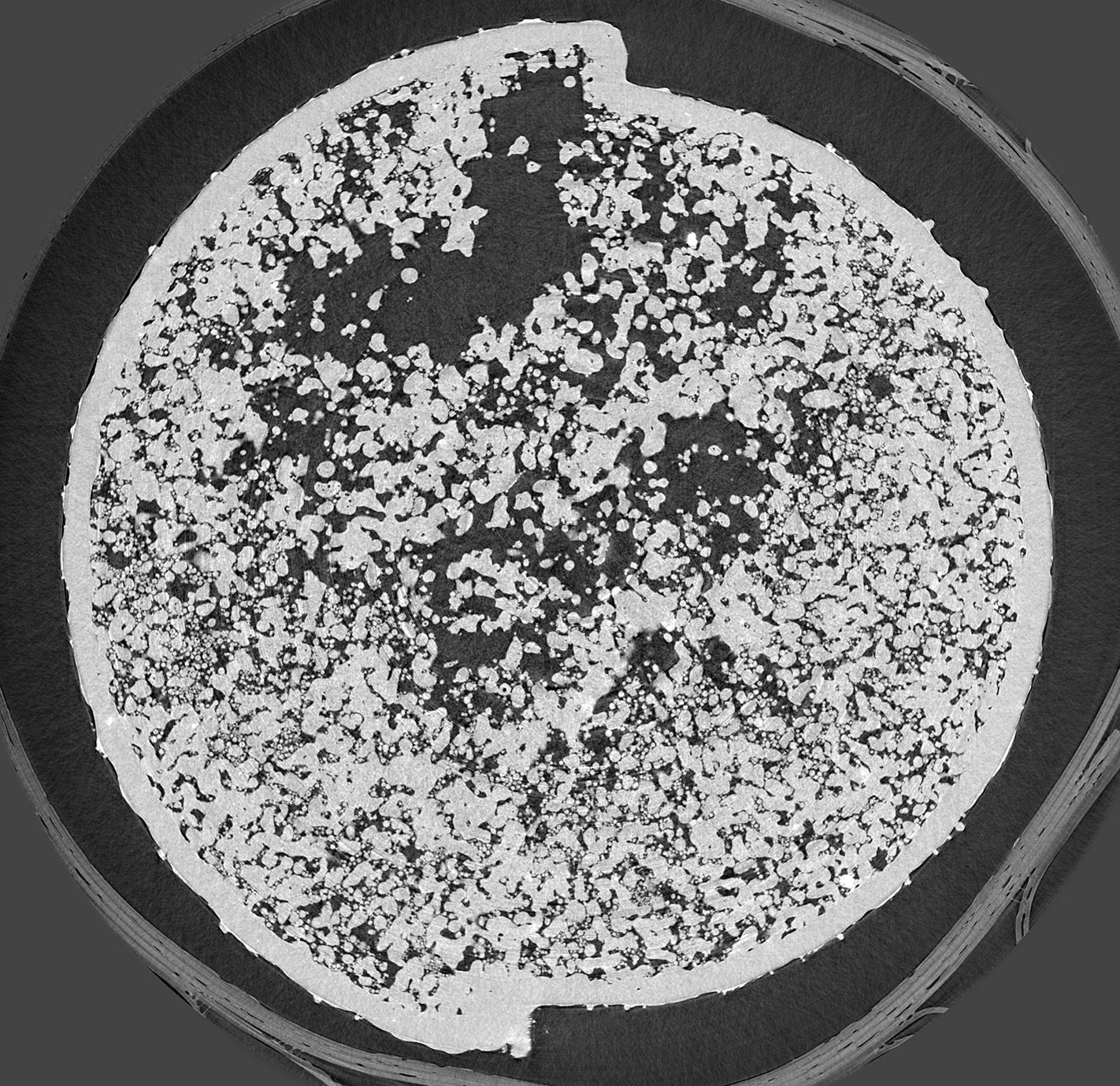
Although single defects still cannot be spotted by the monitoring system tested in PipeNDT, further sensors will be used to incorporate additional process signatures into the pipeline. On the basis of their joint research, Fraunhofer IPK and XPLORAYTION help to increase the maturity of additive manufacturing through innovative and industry-oriented quality control along the whole process chain.
 Fraunhofer Institute for Production Systems and Design Technology
Fraunhofer Institute for Production Systems and Design Technology